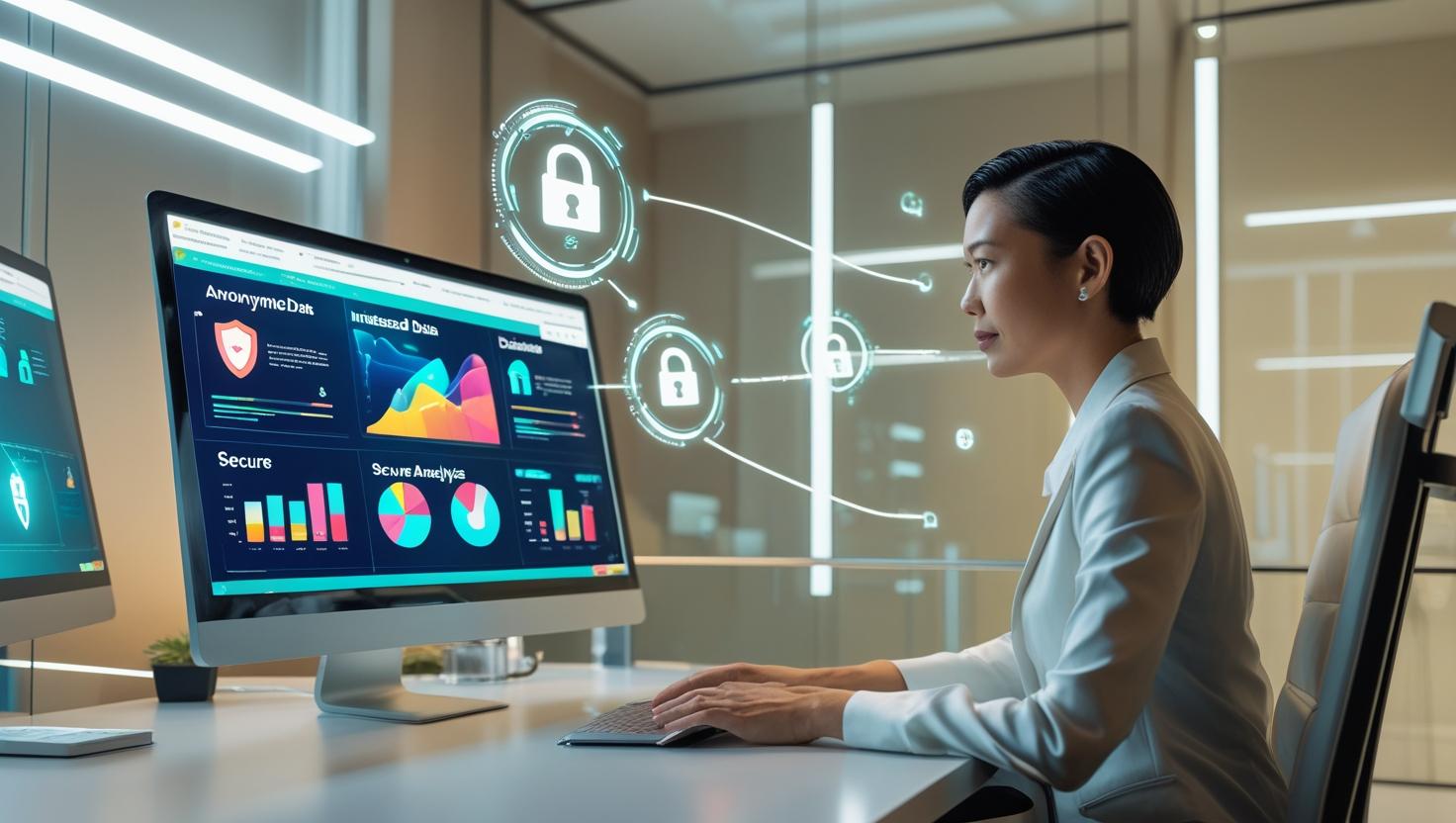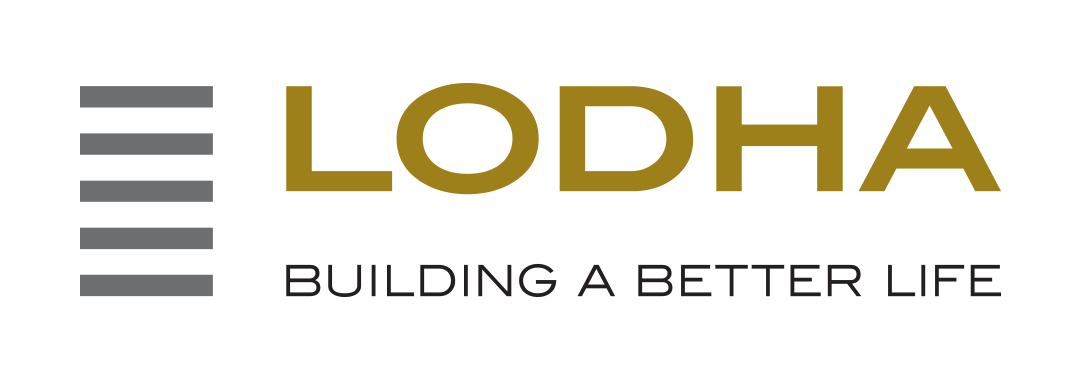MVP for Data Clean Rooms for Privacy Safe Analytics

Introduction
The digital economy thrives on data but with increasing concerns over privacy and data protection, organizations are seeking secure environments to analyze data collaboratively without compromising user privacy. Data clean rooms offer a promising solution, enabling companies to unlock valuable insights from combined datasets in a privacy safe manner. Building a Minimum Viable Product or MVP for data clean rooms is a strategic step toward enabling privacy compliant analytics that meet regulatory and ethical standards while delivering business value. This blog explores what an MVP for data clean rooms entails, why it is needed, its key applications, benefits, and future prospects.
What is MVP for Data Clean Rooms
An MVP for data clean rooms refers to the initial functional prototype of a privacy preserving analytics environment that allows two or more parties to analyze data in a secure and controlled manner without exposing the raw data to one another. This MVP typically includes core functionalities such as secure data ingestion, encryption, access controls, differential privacy techniques, and basic analytics capabilities. It acts as a proof of concept to validate the technology, governance, and compliance workflows before scaling to a full-scale deployment.
Why It Is Needed
The development of an MVP for data clean rooms is essential in a data driven world increasingly governed by privacy regulations like GDPR and CCPA. Traditional methods of data sharing and collaboration often expose sensitive information, increasing the risk of breaches and non compliance. An MVP provides a safe testing ground to explore privacy preserving technologies and allows businesses to evaluate real use cases without full scale investment. It empowers companies to collaborate on customer data insights without compromising user confidentiality.
Key Uses
-
Customer journey analysis across platforms without direct data sharing
-
Measurement of advertising performance by matching ad impressions with sales
-
Collaborative research and development between pharmaceutical or healthcare companies
-
Media and retail companies analyzing combined audience behavior for personalization
-
Financial institutions conducting joint fraud detection or credit risk assessments
-
Retailers and consumer brands performing product recommendation experiments
Benefit
-
Ensures data privacy and compliance with regulatory standards
-
Builds trust with customers and partners by eliminating raw data exposure
-
Supports accurate cross platform insights while maintaining confidentiality
-
Enables secure collaboration between competing organizations or industries
-
Reduces the risk of data misuse through strict governance and audit mechanisms
-
Accelerates go to market strategy for data analytics solutions
-
Saves cost by validating concept feasibility with minimal resources
Future Outlooks
As data privacy laws become more stringent and consumer awareness rises, the adoption of data clean rooms is expected to grow across industries. Future iterations beyond the MVP stage may include integration with artificial intelligence models for predictive analytics, blockchain for immutable logging, and automation of compliance reporting. Interoperability across cloud platforms and standardized APIs will also enhance scalability. Organizations that embrace clean rooms early through MVP testing will be better positioned to lead in privacy centric innovation and data monetization strategies.
Frequently Asked Questions (FAQs)
1. What is the main purpose of a data clean room MVP
The primary goal of a data clean room MVP is to enable secure and privacy compliant collaboration between organizations on shared data insights. It allows businesses to analyze combined datasets without exposing raw or sensitive user information. This MVP helps validate use cases and ensures that privacy measures work effectively before a full-scale rollout. It builds the foundation for trust and compliance in data partnerships.
2. How do data clean rooms protect user privacy
Data clean rooms safeguard user privacy through advanced technologies like encryption, anonymization, and differential privacy. These mechanisms ensure that no party involved can view or access personally identifiable information. Data is processed in controlled environments with strict access policies, and only aggregated outputs are shared. This makes the entire analytics process secure and compliant with global data protection regulations.
3. Who can benefit from using a data clean room MVP
Organizations across advertising, healthcare, finance, and retail sectors can significantly benefit from a data clean room MVP. It enables them to collaborate on analytics without compromising customer privacy. For example, advertisers and publishers can jointly evaluate campaign performance, while healthcare firms can share research insights securely. The MVP allows such industries to test these collaborations efficiently and ethically.
4. What features should be included in the MVP
A data clean room MVP should include secure data ingestion, permission-based access controls, anonymized querying, and basic analytics functions. It should also support activity logging and audit trails for transparency. Incorporating privacy preserving techniques like differential privacy in the early stage ensures that sensitive data is protected during analysis. These core features help businesses assess the viability of long-term adoption.
5. Can clean room MVPs be integrated with cloud services
Yes, most clean room MVPs are developed using cloud infrastructure for scalability and ease of access. Cloud platforms allow for seamless integration with existing data lakes, warehouses, and analytical tools. This also reduces infrastructure costs and speeds up deployment. Cloud-based clean rooms provide a flexible environment to test and iterate the MVP before moving to enterprise-level implementation.
6. How long does it take to develop a clean room MVP
The time required to build a data clean room MVP usually ranges from four to twelve weeks, depending on the complexity of use cases and existing infrastructure. This period covers planning, development, testing, and initial deployment. Using prebuilt frameworks or open-source components can significantly reduce development time. Agile methodologies also help refine features based on early user feedback.
7. What challenges are faced during MVP implementation
Implementing a data clean room MVP comes with challenges such as aligning data governance policies between stakeholders, maintaining compliance with evolving regulations, and managing data standardization issues. Technical integration and secure user access management may also pose difficulties. However, early collaboration between legal, technical, and business teams, along with clear protocols, can help overcome these challenges effectively.








